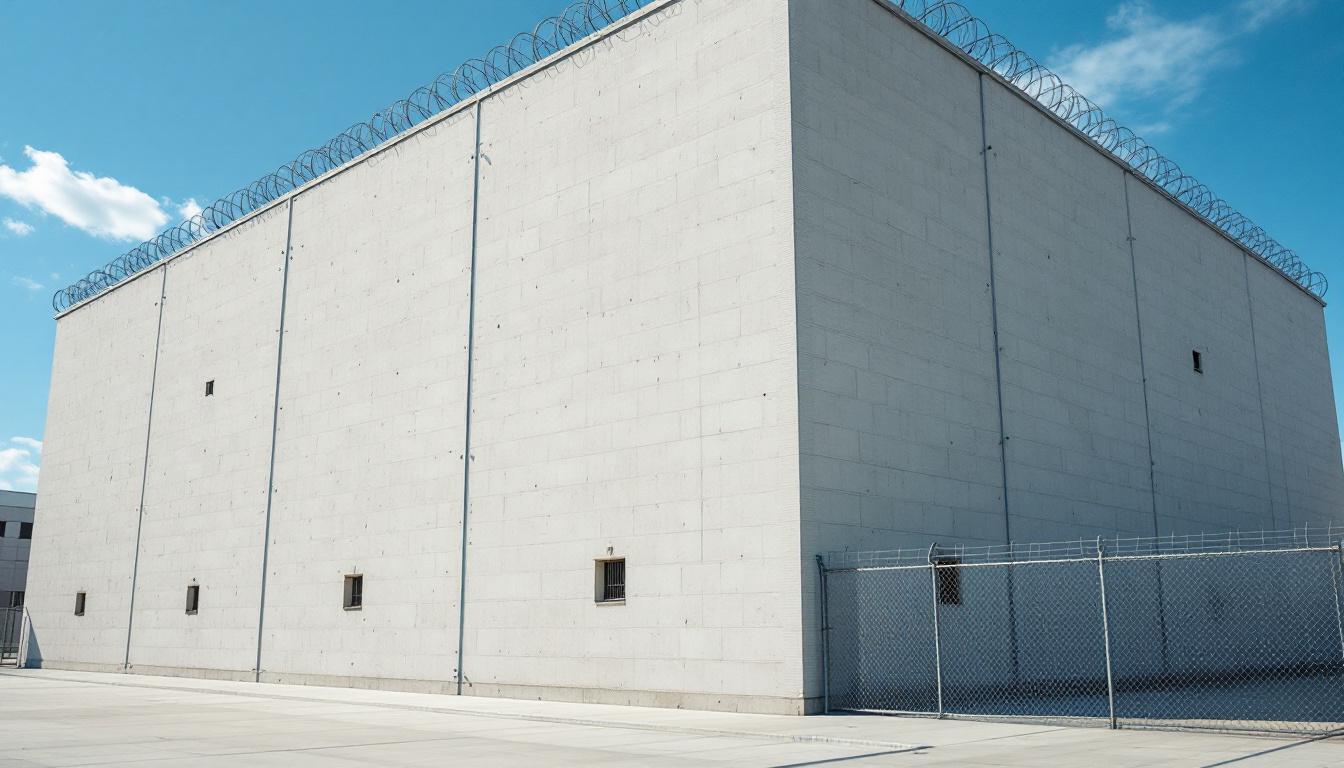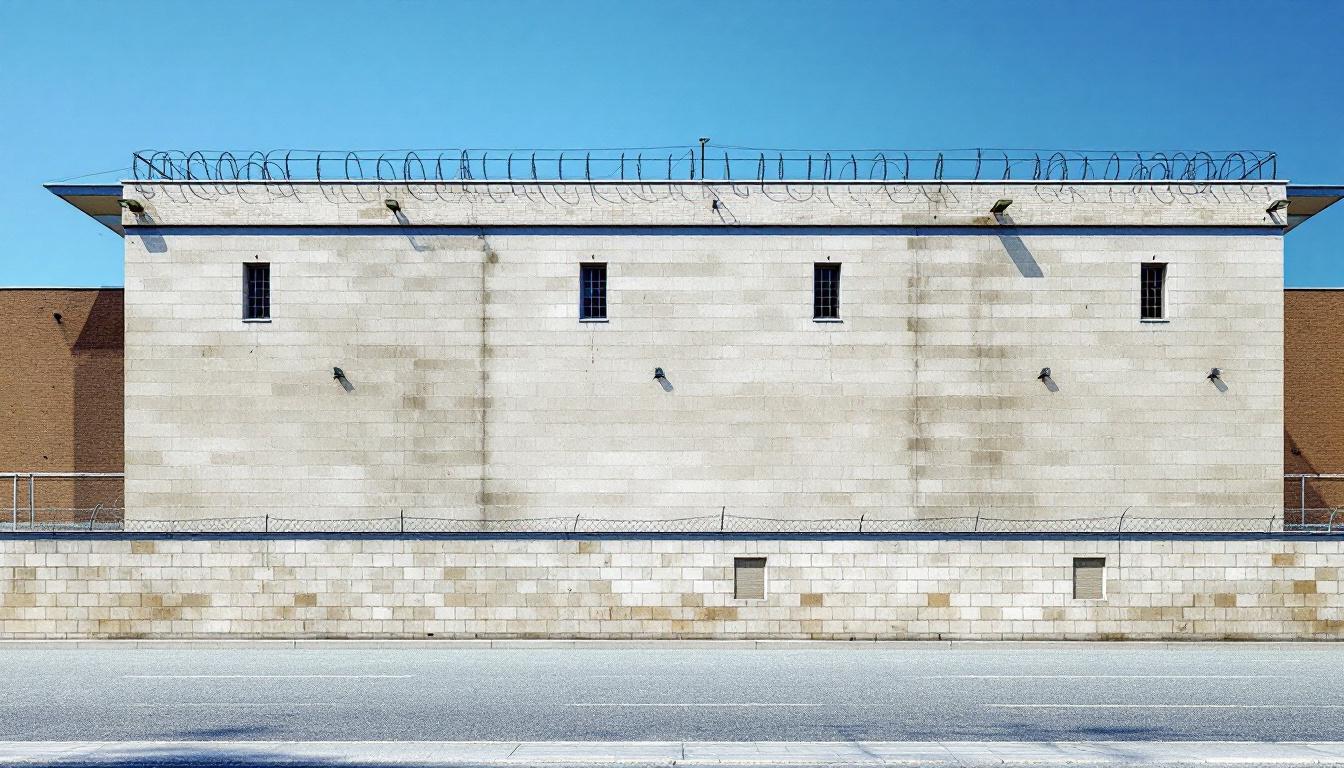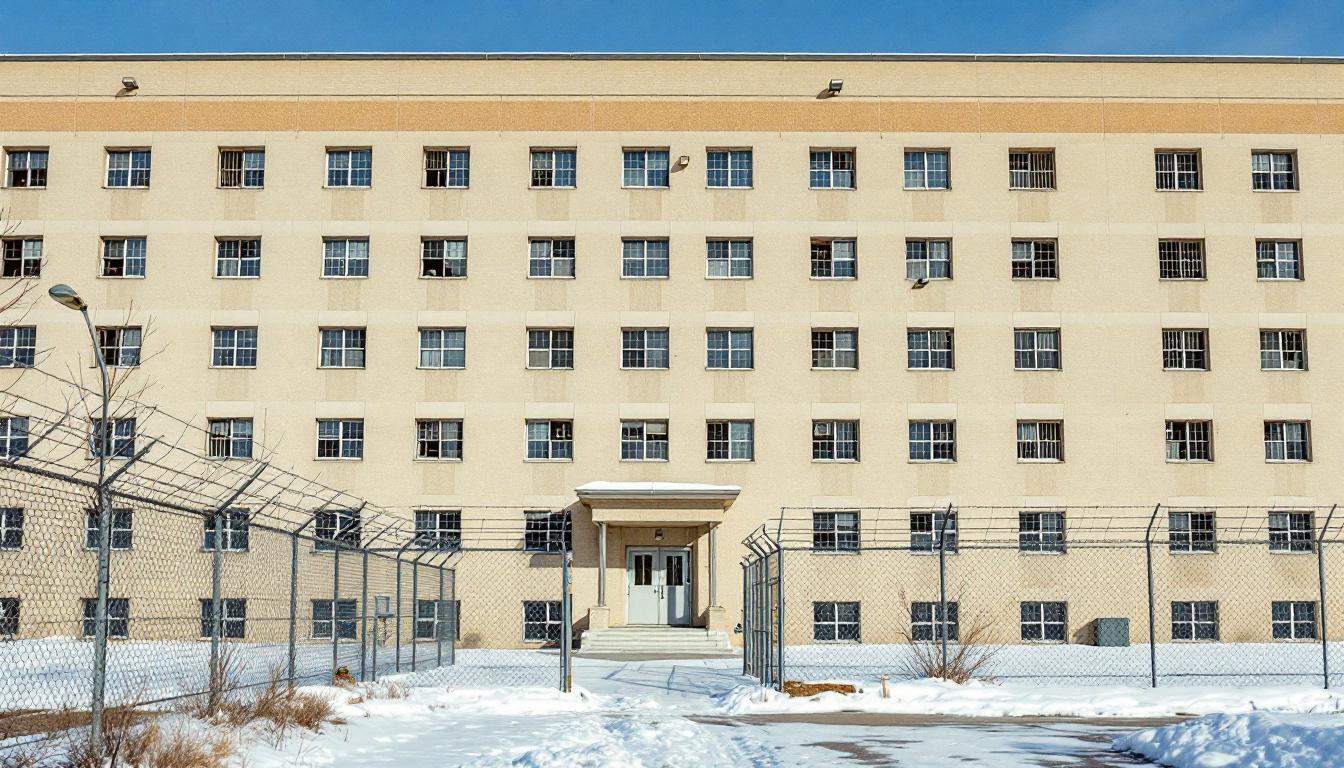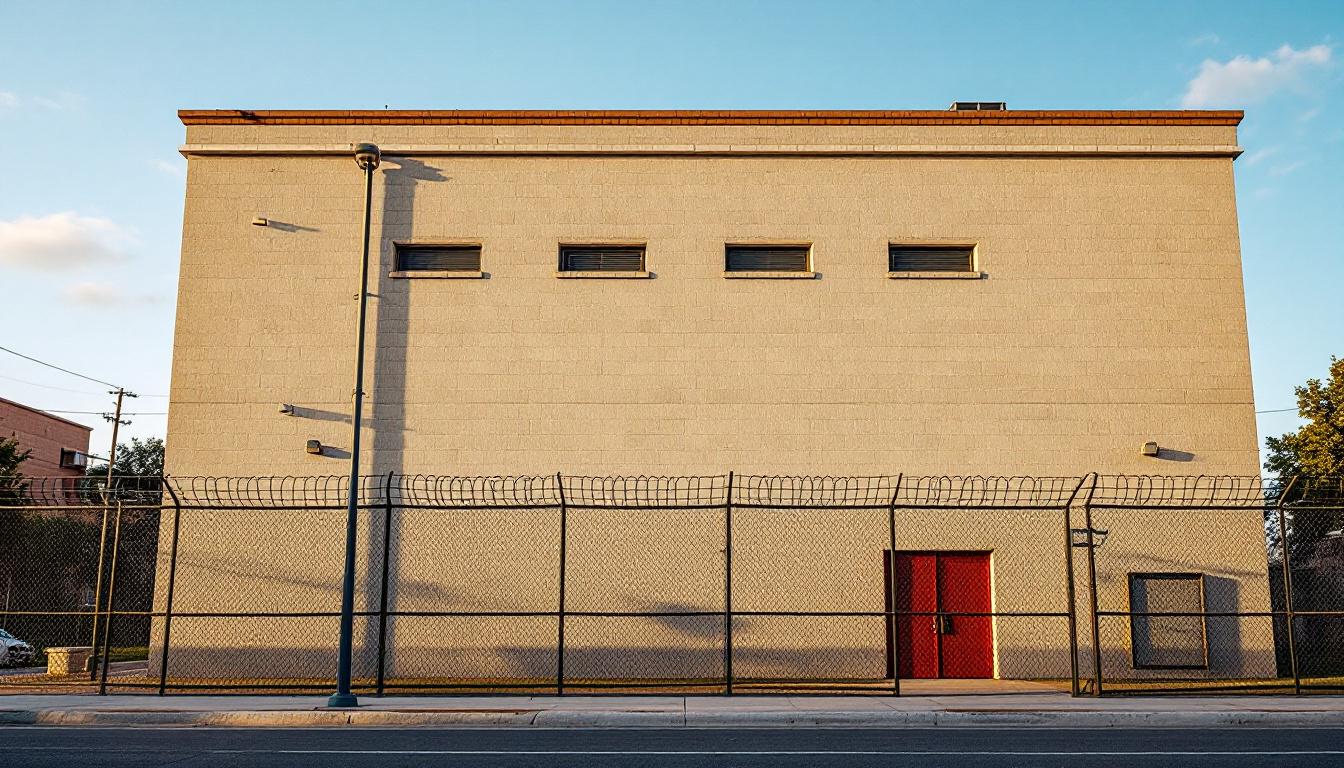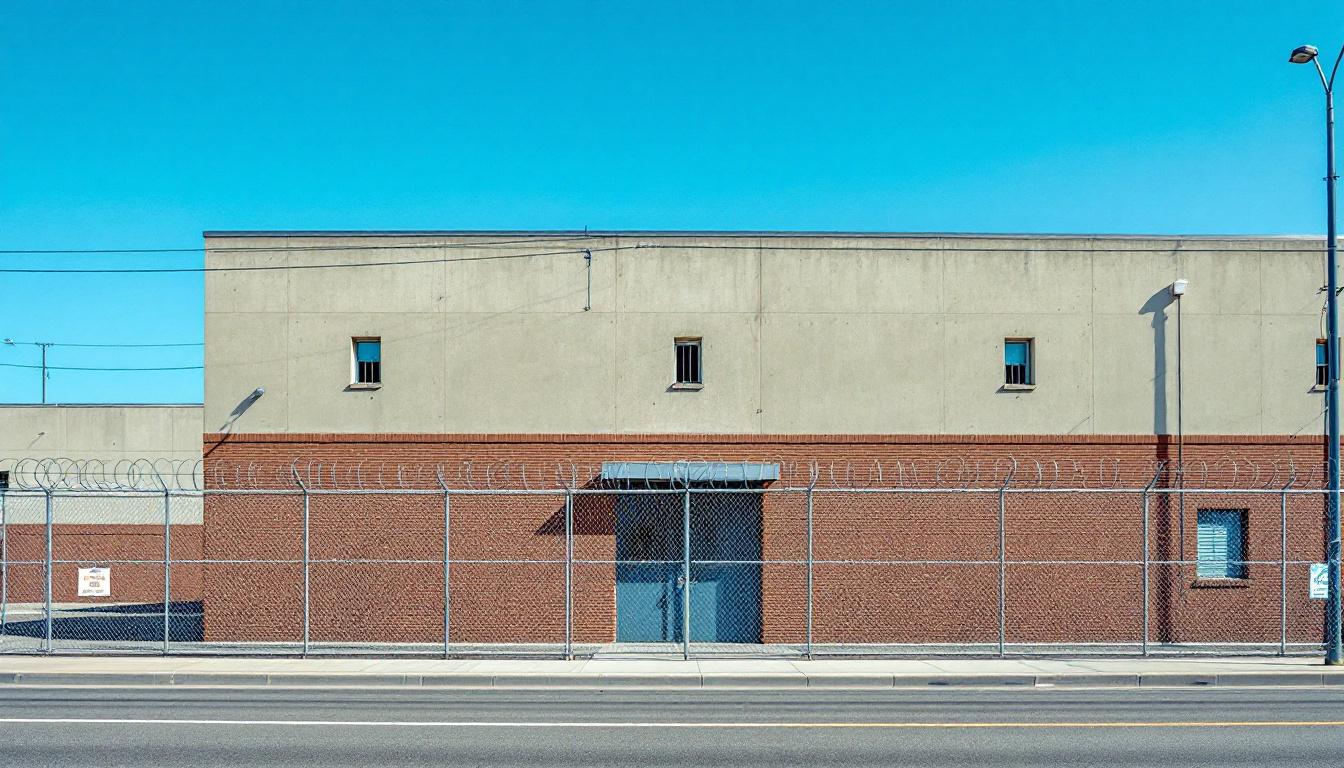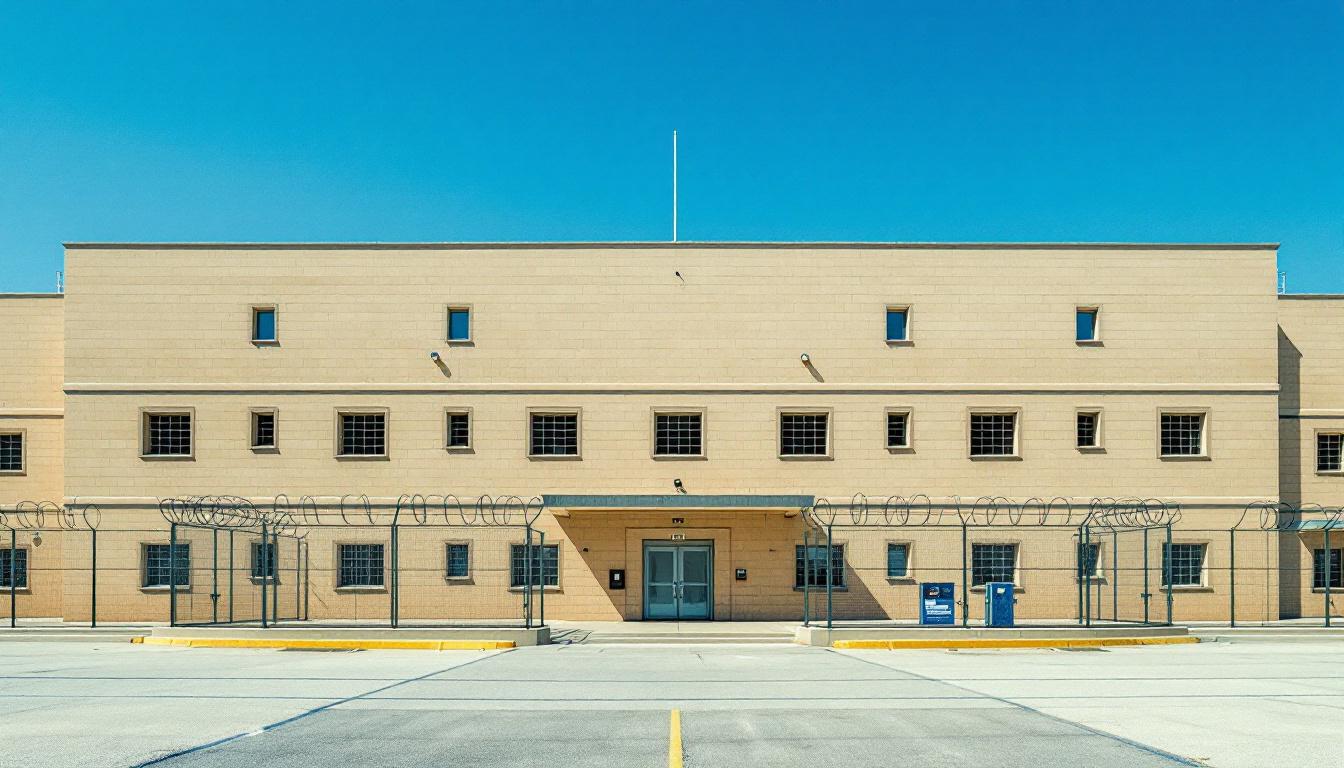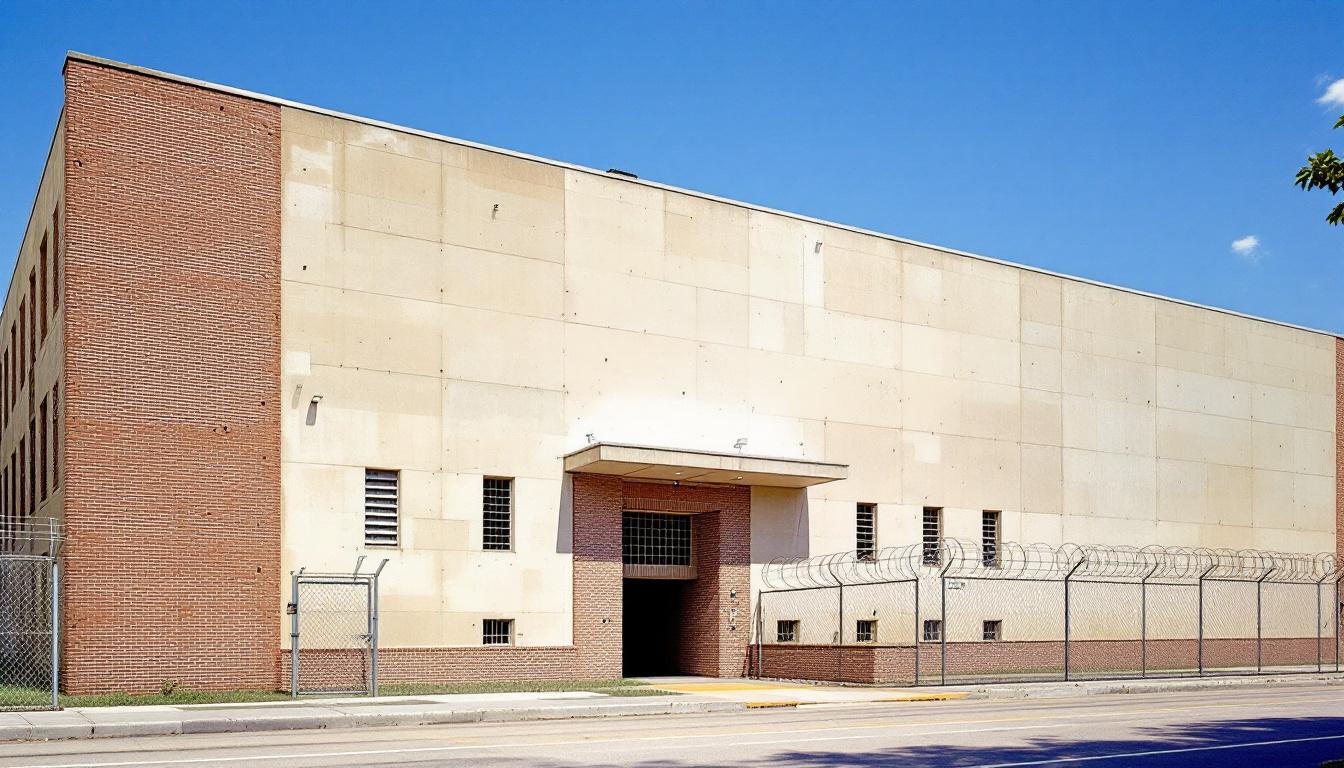
Quick Navigation
How to contact an inmate at Clackamas County Jail
This comprehensive guide will walk you through how to connect with an inmate at Clackamas County Jail. Follow the steps below to find an inmate and send letters and photos:
- Search for the inmate using our search tool below
- Create your account or log in to Penmate
- Write your message (up to 6,000 characters)
- Send instantly - inmates receive printed copies daily
Find an Inmate
Search for an inmate to start communicating today
Tip: You can search by first name, last name, or inmate ID number
To contact a person at Clackamas County Jail start by searching for the person on the official facility website. Perform a search by following these steps:
- Step 1: Enter their first name and last name into the search form and click "Search"
- Step 2: Locate their inmate record
- Step 3: Write down their Inmate ID and any housing information provided
Important! Be sure to enter the person's full name. Nicknames should not be used.
How to Send Messages to Inmates

You can use your phone or computer to send emails, letters, and photos to an inmate. Messages are sent electronically to inmate tablets or kiosks at the facility. If you would like to send a message, start by searching for an inmate at Clackamas County Jail.
Sending Photos and Postcards

A great way to send love and support to a loved one at Clackamas County Jail is to send photos and postcards. It only takes a few minutes to send photos from your phone and it makes a huge difference. You can also mail postcards with words of support and inspiration, or design your own postcard for special moments like birthdays and holidays.
Important! Be sure not to send any explicit photos or they may not be approved by the facility. You can also use a photo printing app like Penmate to make sure your photos are printed at the correct size (4x6 or 3x5) and are mailed according to the rules and regulations of Clackamas County Jail.
Frequently asked questions about Clackamas County Jail
-
How long does it take to deliver a message?
If you're sending an email message your letter is usually delivered within 24-48 hours. For messages sent via mail you should expect delivery within 3-7 days. All messages will need be approved by Clackamas County Jail.
-
How much does it cost to send a message to Clackamas County Jail?
You can send a message free using your phone or mail a message via USPS for the price of a $0.60 stamp and envelope. You can also purchase credits or e-stamps from services starting at $1.99.
-
What services can I use to contact an inmate at Clackamas County Jail?
Penmate
You can use Penmate to send letters and photos to an inmate from your phone. It's an easy way to stay in touch during your loved one's incarceration. Use the inmate locator to find an inmate's location and contact information, then you can send messages within a few minutes.
Securus messaging
Securus may be another option for communicating with an inmate at Clackamas County Jail. You can create a friends and family account and purchase credits to send messages. All messages will be reviewed and must be approved by the facility.
JPay
Some county jails and state prisons may support sending messages with JPay. You must register an account with the system, find your loved one, and purchase stamps to send messages. For some locations you can also attach photos.
Smart Jail Mail
You may also check if Smart Jail Mail is available at Clackamas County Jail. Smart Jail Mail is operated by Smart Communications and has contracted with some state and county jails. After purchasing credits, your messages and photos are sent to the facility, printed out, and then handed out to your loved one.
-
What is the mailing address of Clackamas County Jail?
Mailing address:
Clackamas County Jail
2206 Kaen Rd
Oregon City, OR 97045
Phone: (503) 722-6777Business hours:
- Monday: 7:00 AM – 11:00 PM
- Tuesday: 7:00 AM – 11:00 PM
- Wednesday: 7:00 AM – 11:00 PM
- Thursday: 7:00 AM – 11:00 PM
- Friday: 7:00 AM – 11:00 PM
- Saturday: 7:00 AM – 11:00 PM
- Sunday: 7:00 AM – 11:00 PM
-
What are the visiting hours at Clackamas County Jail?
Visiting hours at Clackamas County Jail vary by housing unit and security level. Generally, visits are scheduled on weekends and holidays, with some facilities offering weekday visits. Contact the facility directly at (503) 722-6777 or check their website for the current visiting schedule. Visits typically last 30-60 minutes and must be scheduled in advance.
-
What items are prohibited when sending mail to Clackamas County Jail?
Prohibited items typically include: cash, personal checks, stamps, stickers, glitter, glue, tape, staples, paperclips, polaroid photos, musical or blank greeting cards, hardcover books, magazines with staples, and any items containing metal or electronics. Only send letters on plain white paper with blue or black ink. Photos must be printed on regular photo paper (no Polaroids). Always check with Clackamas County Jail for their specific mail policies.
-
How do I send money to an inmate at Clackamas County Jail?
You can send money to an inmate at Clackamas County Jail through several methods: 1) Online using JPay, Access Corrections, or the facility's approved vendor, 2) Money orders mailed directly to the facility with the inmate's name and ID number, 3) Kiosks located in the facility lobby, or 4) Over the phone using a credit or debit card. Fees vary by method, typically ranging from $2.95 to $11.95 per transaction.
-
Can I schedule a video visit with an inmate at Clackamas County Jail?
Many facilities now offer video visitation as an alternative to in-person visits. At Clackamas County Jail, video visits may be available through services like Penmate, Securus Video Connect, GTL, or ICSolutions. Video visits typically cost $10-20 for 20-30 minutes and must be scheduled in advance. You'll need a computer or smartphone with a camera and reliable internet connection. Contact the facility for their specific video visitation policies and approved vendors.
-
What identification do I need to visit an inmate at Clackamas County Jail?
All visitors must present valid government-issued photo identification such as a driver's license, state ID, passport, or military ID. Minors must be accompanied by a parent or legal guardian who can provide the minor's birth certificate. Some facilities require visitors to be on the inmate's approved visitation list, which may require a background check. Contact Clackamas County Jail for specific ID requirements and visitor approval procedures.
-
How can I find out an inmate's release date?
To find an inmate's release date at Clackamas County Jail, you can: 1) Use the online inmate search tool if available, 2) Call the facility's records department, 3) Contact the inmate's case manager or counselor, or 4) Have the inmate provide this information during a call or visit. For privacy reasons, some facilities only release this information to immediate family members.
Facility Overview
Official Website
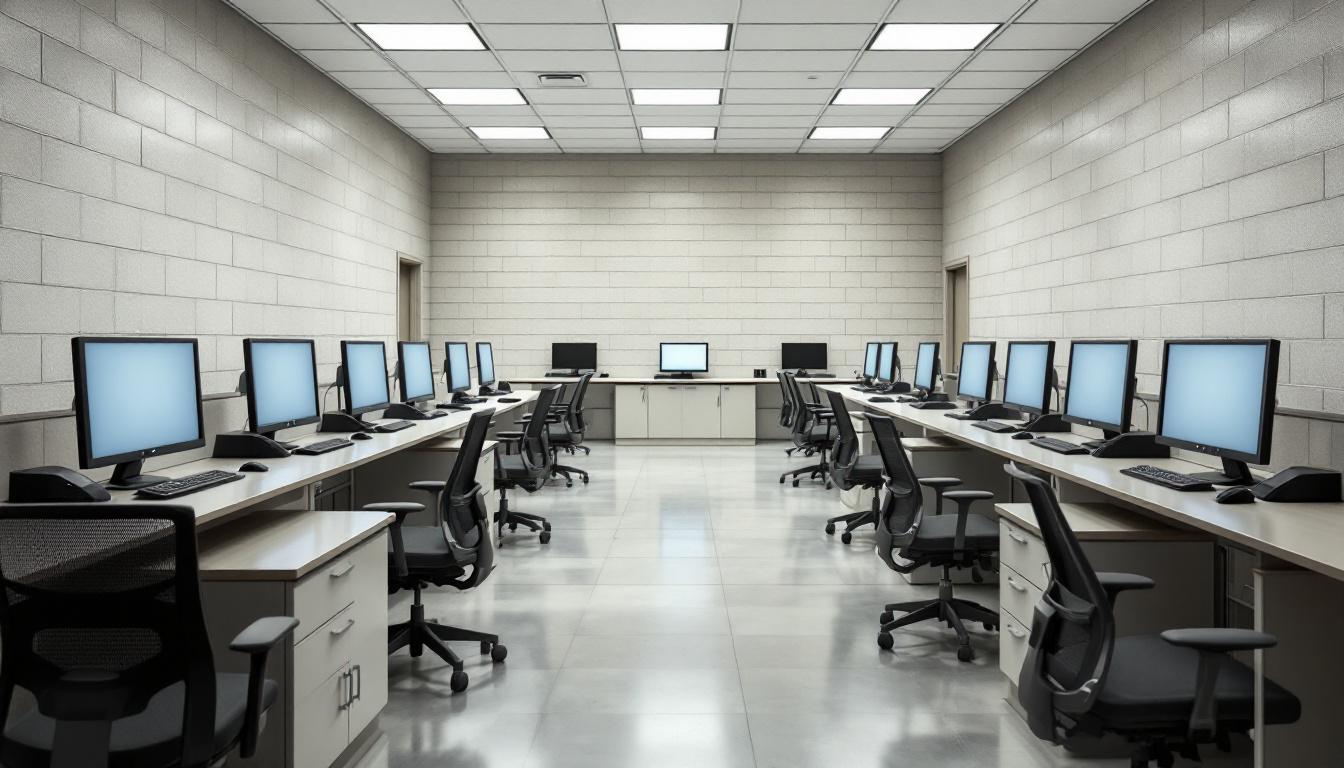
About Clackamas County Jail
Nestled in Oregon’s Willamette Valley, Salem serves as home to Marion County Jail, an OR correctional facility that plays a vital role in supporting both public safety and community reintegration efforts throughout the greater Salem area. This county jail operates with a clear understanding that effective corrections work extends far beyond secure housing, embracing a philosophy that views each person in custody as someone who will likely return to the community.
The facility typically emphasizes educational opportunities and skill-building programs designed to address the underlying factors that often contribute to criminal behavior. Residents services may include substance abuse counseling, job readiness training, and basic education programs that help individuals develop the tools necessary for successful community reentry. Mental health support and life skills workshops are often integrated into daily programming, recognizing that rehabilitation requires addressing multiple aspects of a person’s circumstances and challenges.
Marion County Jail generally maintains connections with local service providers and community organizations throughout the Salem area, working to create pathways that extend beyond release. This collaborative approach often includes coordination with housing assistance programs, employment services, and ongoing support networks that help former residents establish stable foundations in their communities. The facility’s commitment to reintegration reflects a broader understanding that successful corrections work benefits not dedicated individuals in custody, but strengthens the entire Salem community through reduced recidivism and increased public safety.
Programs & Services
Educational services form the cornerstone of rehabilitation efforts, typically offering residents opportunities to complete their GED requirements or pursue basic literacy development. These initiatives often include structured classroom settings where residents can work at their own pace, addressing educational gaps that may have contributed to their involvement in the criminal justice system. The approach recognizes that educational achievement frequently correlates with reduced recidivism rates and improved employment prospects upon release.
Vocational programs may deliver hands-on training in various trades and practical skills, helping residents develop marketable abilities for their eventual reintegration into the community. These initiatives often include job readiness workshops, basic computer literacy courses, and certification programs in areas such as food service or maintenance. Moreover, cognitive behavioral programs typically focus on helping residents identify and modify thought patterns that may have contributed to criminal behavior, teaching practical problem-solving techniques and emotional regulation strategies.
Support services encompass a broad range of therapeutic and spiritual initiatives designed to address the diverse needs of the resident population. Dual diagnosis treatment may deliver specialized care for individuals struggling with both mental health conditions and substance abuse issues, recognizing the complex interplay between these challenges. Religious services often provide spiritual guidance and community support, while recycling programs typically offer residents meaningful work opportunities that contribute to environmental sustainability and teach responsibility. These comprehensive initiatives work together to create a supportive environment that addresses the underlying factors contributing to criminal behavior while building practical skills for successful community reentry.
Daily Life & Visitation
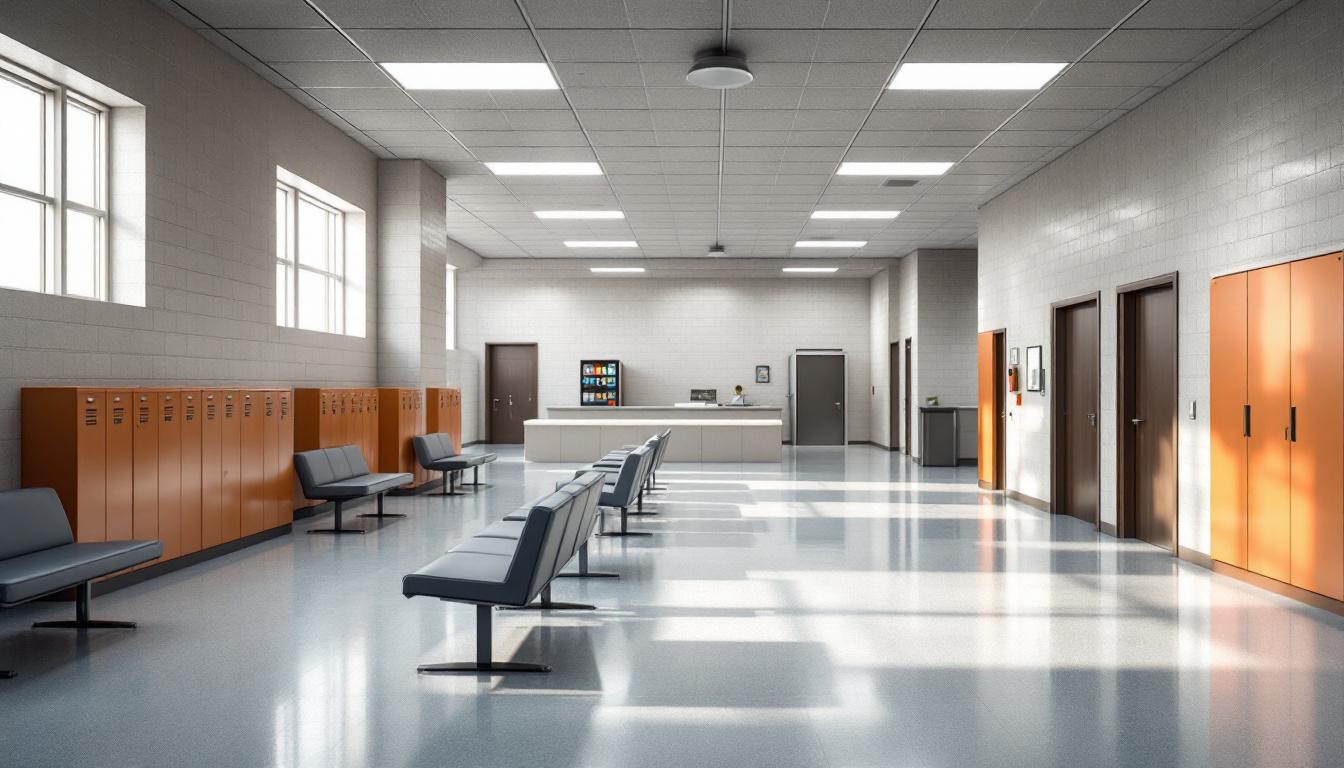
Structure forms the backbone of every day, with carefully planned schedules that residents at present follow to maintain order and predictability. Each morning typically begins with a standardized wake-up call, followed by personal hygiene time and preparation for the day ahead. Residents actively participate in head counts throughout the day, which serve as regular checkpoints that help maintain security while providing consistent rhythm to daily activities.
Living accommodations generally consist of shared housing units where residents may be assigned based on various classification factors. These units typically include basic furnishings and personal storage space for approved belongings. Meals are usually served at designated times in common dining areas, with menus that aim to meet nutritional requirements while accommodating certain dietary restrictions. Moreover, residents often have access to commissary services where they can purchase approved personal items and snacks using funds from their accounts.
The facility typically delivers structured programming that may include educational opportunities, work assignments, and recreational activities. Whereas some residents participate in facility maintenance jobs or kitchen duties, others might engage in programs designed to support personal development. Recreation time generally includes access to exercise areas and common spaces where residents can interact with others. Family connections remain important through scheduled visitation periods and telephone access, which usually operate within specific timeframes and guidelines. These various elements work together to create a predictable environment that helps residents navigate their time while maintaining important relationships with loved ones.
Ready to Connect?
Start communicating with your loved one today
Search for an Inmate
